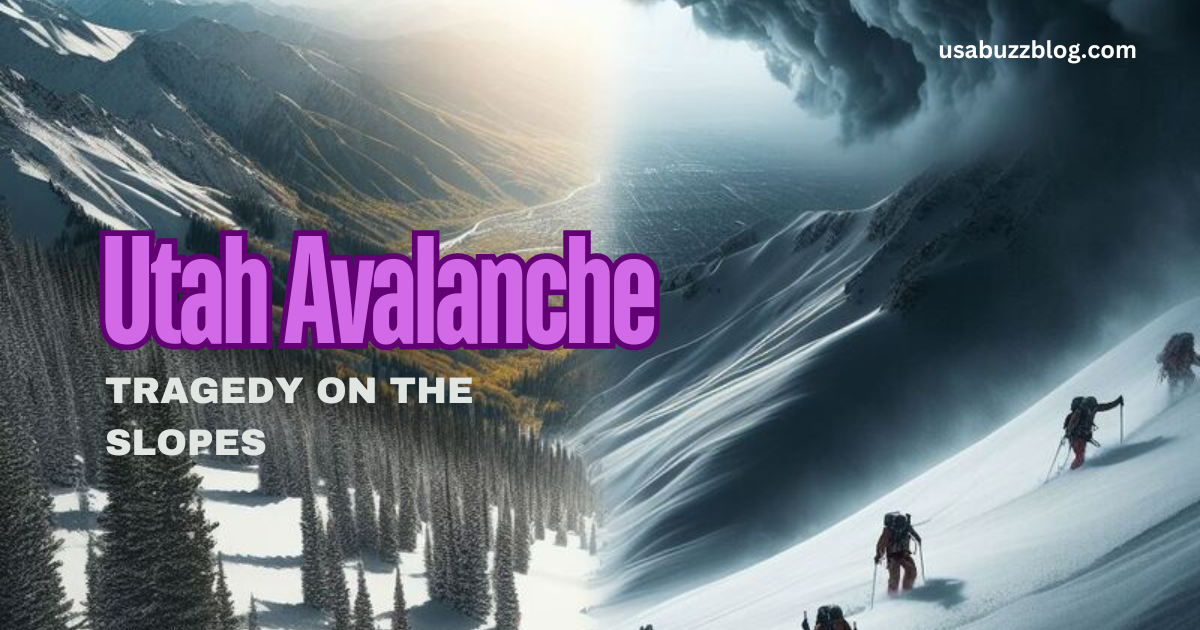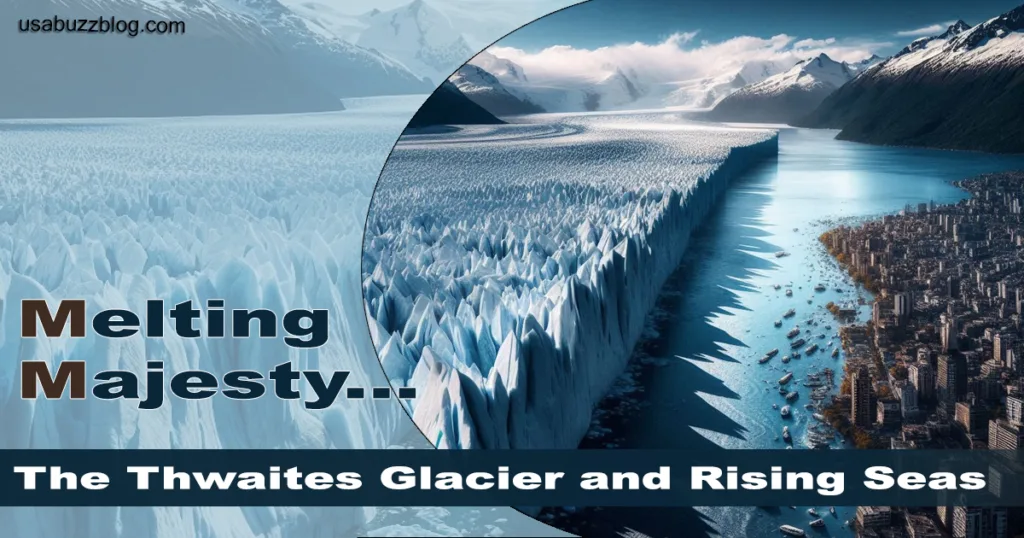
A Mountainous Tragedy: Uncovering the Details of the Utah Avalanche
The joy of winter sports can sometimes be overshadowed by the inherent risks involved. A recent avalanche in Utah serves as a stark reminder of the dangers backcountry skiers and snowboarders face. Two skiers were tragically caught in an avalanche near Lone Peak, outside Salt Lake City, and search crews were able to recover their bodies after battling harsh weather conditions.
This article delves into the details of the Utah avalanche, explores avalanche safety precautions, and offers valuable tips for anyone venturing into the backcountry during winter.
A Day Turned Deadly: Reconstructing the Utah Avalanche Incident
On [Date of Avalanche], a group of three backcountry skiers were attempting to ascend the slopes near Lone Peak in the Wasatch Range. According to reports from the Utah Avalanche Center (UAC), the skiers triggered an avalanche on a slope called Big Willow Aprons, located at an elevation of approximately 10,600 feet.
One member of the group managed to dig himself out and call for help. Search and rescue teams were deployed immediately, but harsh weather conditions, including strong winds and heavy snowfall, hampered their efforts. Sadly, the remaining two skiers were buried by the avalanche and did not survive.
The UAC is currently investigating the cause of the avalanche and will likely release a detailed report in the coming weeks. Early reports suggest that the avalanche may have been triggered by the skiers themselves as they ascended the slope.


A Sobering Reminder: Backcountry Skiing and Avalanche Risks
The tragic Utah avalanche highlights the ever-present dangers associated with backcountry skiing and snowboarding. Unlike controlled ski resorts, the backcountry presents a more unpredictable environment with a higher risk of avalanches.
Avalanches occur when a slab of snow breaks loose and slides down a slope. Several factors can contribute to avalanche risk, including:
- Weather: Heavy snowfall, strong winds, and rapid temperature changes can increase the likelihood of an avalanche.
- Snowpack: The composition and stability of the snow layers are crucial factors. A weak layer beneath a heavier layer can create a recipe for disaster.
- Slope Angle: Steeper slopes are more prone to avalanches.
- Human Trigger: In many cases, avalanches are triggered by skiers or snowboarders disturbing the snowpack.
Beacon of Hope: Essential Avalanche Safety Gear and Education
While the risks associated with backcountry skiing cannot be entirely eliminated, there are steps you can take to significantly improve your safety:
- Avalanche Beacon: This electronic device helps search and rescue teams locate you if you’re buried in an avalanche.
- Avalanche Shovel: A sturdy shovel is essential for digging out yourself or your companions.
- Avalanche Probe: This long, thin pole helps pinpoint the location of a buried victim.
- Avalanche Education: Taking an avalanche safety course is crucial for understanding avalanche risks, learning rescue techniques, and practicing decision-making skills in the backcountry.
- Daily Avalanche Forecast: Always check the daily avalanche forecast for the specific area you plan to ski or snowboard in. The UAC website offers comprehensive forecasts for the state of Utah: https://utahavalanchecenter.org/
Know Before You Go: Planning and Preparation for Backcountry Adventures
Proper planning and preparation are paramount before venturing into the backcountry. Here are some key steps to take:
- Choose Your Route Carefully: Select a route with a lower avalanche risk based on the daily forecast and slope angles.
- Travel with a Partner: Never go backcountry skiing or snowboarding alone. Having a companion can be lifesaving in case of an avalanche.
- Carry Communication Devices: A satellite communicator or personal locator beacon (PLB) can be crucial for contacting help in case of an emergency.
- Monitor Weather Conditions: Be aware of changing weather patterns and adjust your plans accordingly.
Frequently Asked Questions (FAQs)
1. What should I do if I’m caught in an avalanche?
If you’re caught in an avalanche, the most important thing is to stay calm. If possible, try to self-arrest by swimming against the current of the snow. Once the avalanche stops moving, activate your avalanche beacon immediately and try to conserve your air by creating an air pocket in front of your face. Your partner(s) should use their avalanche transceiver to locate you and initiate a rescue attempt.
2. What are the different types of avalanche forecasts?
Avalanche forecasts typically categorize avalanche danger on a scale from low to high. The specific terminology might vary slightly depending on the forecasting agency, but here’s a general breakdown:
- Low: Avalanche danger is low, but backcountry users should still be aware of the risks and carry appropriate safety gear.
- Moderate: Increased avalanche danger. Careful route selection and conservative decision-making are crucial.
- Considerable: Avalanche danger is significant. Only experienced backcountry users with proper training and equipment should venture out, and exercising extreme caution is critical.
- High: Avalanches are very likely. It’s strongly advised to avoid backcountry travel altogether.
3. Are there any resources available to learn more about avalanche safety?
Several resources can help you educate yourself about avalanche safety:
- The American Avalanche Association (AAA): https://www.americanavalancheassociation.org/ offers a wealth of information on avalanche education, courses, and safety tips.
- The Utah Avalanche Center (UAC): [https://utahavalanchecenter.org/] provides detailed avalanche forecasts and educational resources specific to Utah.
- The National Ski Areas Association (NSAA): https://www.nsaa.org/ offers avalanche safety resources and promotes responsible backcountry travel.
4. What are some of the warning signs of an impending avalanche?
While not foolproof, some warning signs might indicate an increased risk of avalanche:
- Recent snowfall: Heavy snowfall, especially after a period of cold weather, can create unstable layers in the snowpack.
- Cracking sounds: Hearing cracking noises beneath your skis or snowboard can indicate a weak layer in the snow.
- Shooting cracks: These are loud cracks that emanate from the slope and are a strong sign of instability.
- Sudden changes in weather: Rapidly warming temperatures or strong winds can increase avalanche risk.
5. How can I honor the memory of the skiers lost in the Utah avalanche?
The best way to honor the memory of the skiers lost in the Utah avalanche is to learn from this tragedy. By educating yourself about avalanche safety and taking necessary precautions, you can help prevent similar incidents in the future. Additionally, consider donating to avalanche safety organizations or supporting avalanche education programs in their memory.
Conclusion: A Mountainous Respect: Safety First in the Backcountry
The recent Utah avalanche serves as a heartbreaking reminder of the inherent dangers associated with backcountry sports. It’s crucial to approach the backcountry with respect and prioritize safety above all else. By equipping yourself with the proper knowledge, gear, and a healthy dose of caution, you can minimize risks and maximize the enjoyment of your backcountry adventures. Remember, the mountains will always be there, but a safe return is never guaranteed. Let’s all strive to make informed decisions and prioritize safety to ensure a joyful and fulfilling winter season for everyone.
More Interesting Perks:
- From Flying Skate to Orca: A Deep Dive into the Vancouver Canucks’ History, Jerseys, and Fan Culture
- Don’t Miss the Buzzer Beater: Ultimate Guide to NBA Streams in 2024
- Pixel Perfect for Your Pocket? Unveiling the Google Pixel 8a and Its Budget Phone Battle
- A Hundred Heroes Rise: Eiyuden Chronicle: Hundred Heroes Review
- The Cozy Cure: Exploring the Benefits and Considerations of Weighted Sleep Sacks
Subscribe To Get New Post Updates VIA Email


Anwar Hussain
As an Architectural and Interior 3D Visualization Expert, I spend my days crafting stunning visuals that showcase the potential of design. But my passion for storytelling extends beyond the screen. At usabuzzblog.com, I leverage my design expertise to provide insightful and engaging content on Technology, Health & Fitness, Travel, News, Architecture, interior design, and the broader creative landscape. Join me as I explore the latest trends, share design tips, and unveil the stories behind the spaces we inhabit.














